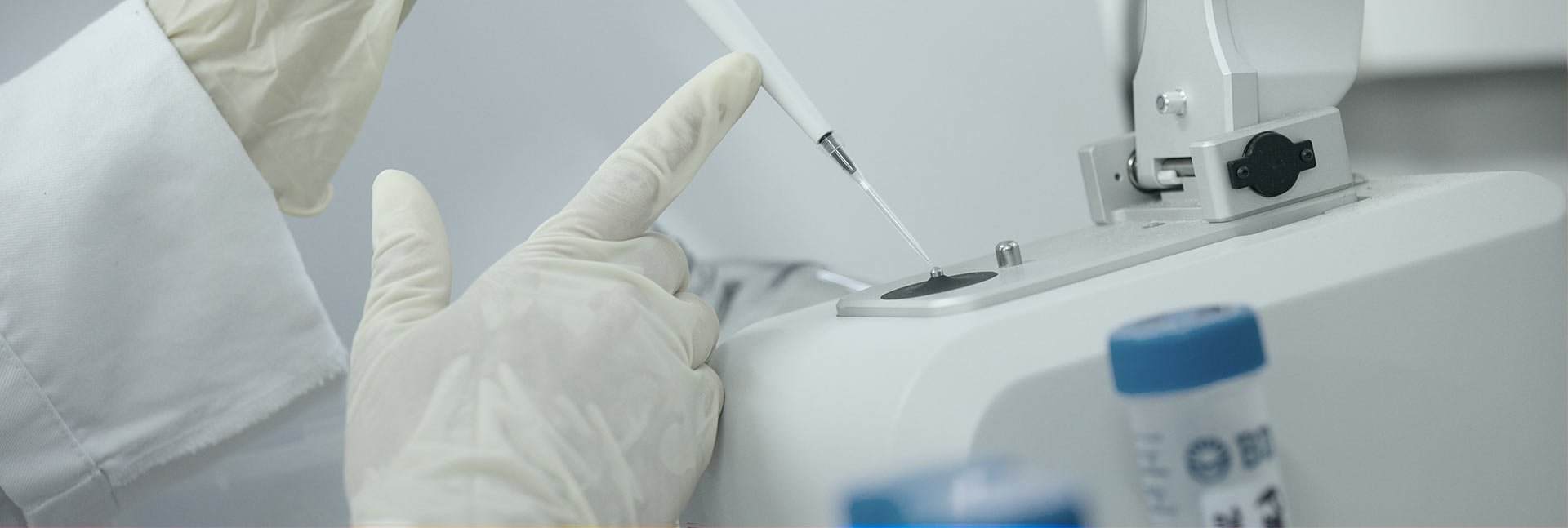Validation using a CD3ɛ humanized mouse model
Bispecific antibodies (Bi-Abs) can bring targets together and force a contact between different cells. Two types of Bi-Abs exist: those that engage T lymphocytes (BiTE antibodies) or other immune cells, and those directed against two different tumour targets.
Mode of action of bispecific antibodies. In this example, simultaneous binding of the Bi-Ab to a tumour antigen and to CD3ɛ at the surface of T cells forces proximity between the cells and triggers T cell activation towards tumour cell lysis.
Using the BTG coupling technology, the biochemistry platform can generate two distinct formats of Bi-Abs:
- IgG-Fab: this should be the format of choice if a good affinity towards tumour antigens is desired or if a long half-life of the Bi-Ab is a priority. Today, BTG is the only technology available to produce Bi-Abs in this format.
- Fab x 2: due to their smaller size (~100 KDa), these Bi-Abs should provide an improved tissue penetration, a key property in the treatment of solid tumors.
Bispecific antibody formats at MImAbs.IgG-Fab Bi-Abs or Fab x 2 are generated by BTG conjugation, purified and verified against their target antigens. By adapting the BTG technology to the production of Bi-Abs, MImAbs can rapidly and efficiently generate Bi-Abs to the mg-scale at a high level of purity (typically > 95%).
Other formats (double scFv) can be designed and produced, although scFv may lead to poor stability depending on the parent antibodies.
A major limitation in the development of Bi-Abs has been designing and performing in vivo studies for proof-of-concept as not one, but two human targets need to be expressed in mice. MImAbs currently focuses on developing Bi-Abs that target human CD3ε to activate T-cells, and has developed a humanized mouse model for their validation where murine CD3ɛ has been replaced by a humanized version of the gene (knock-in mouse).
As described under MImAbs’CD3ɛ humanized mice technology section, this powerful tool has now been validated with blinatumomab, a bi-specific T-cell engager that targets human CD3ɛ and CD19 antigens and has been approved by the FDA as a second-line treatment for Precursor B-Cell Acute Lymphoblastic Leukemia.
